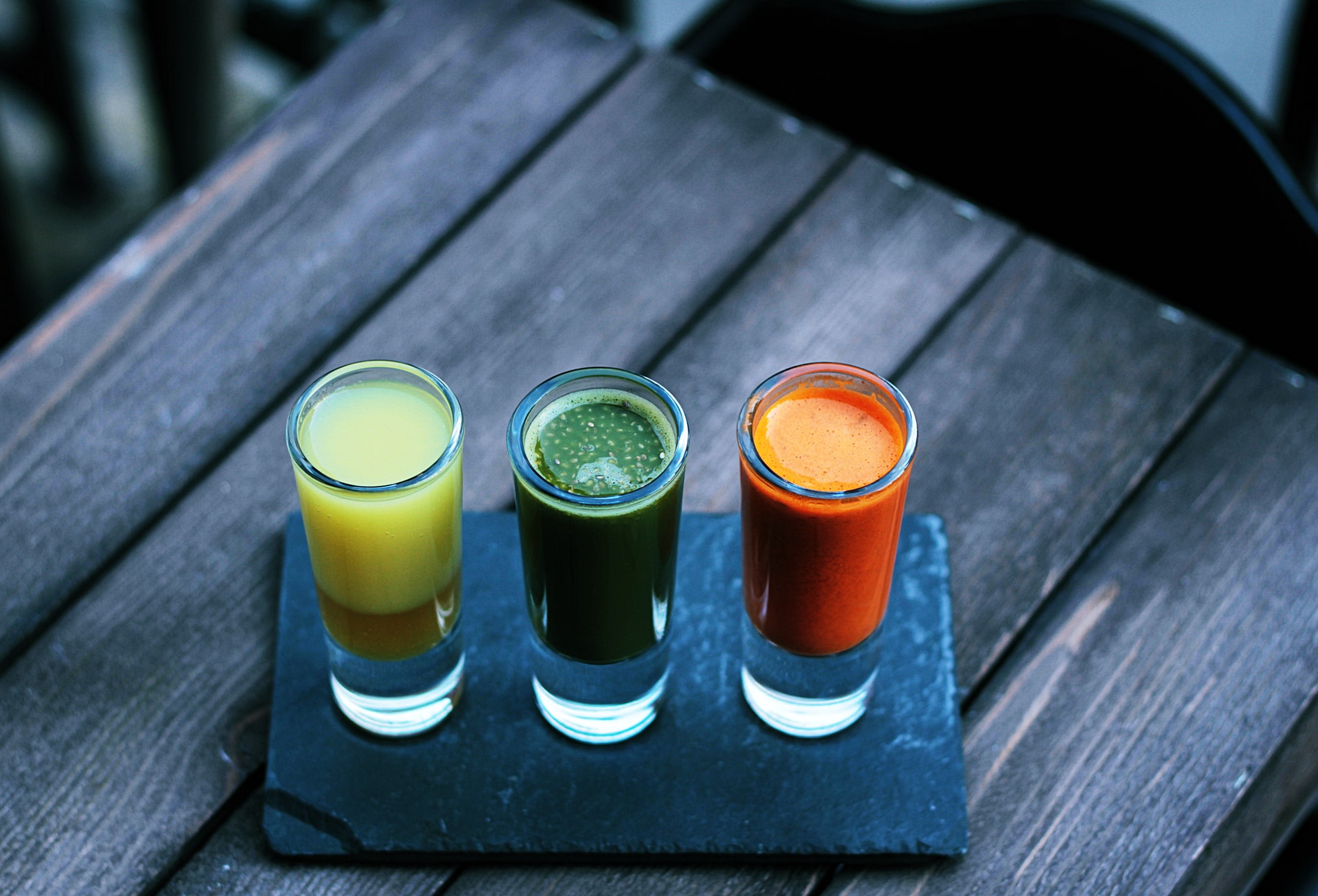Market research firm Packaged Facts just released a new report that focuses on the beverage market in the U.S. in the midst of the pandemic.
Despite the economic impact of the Covid-19 pandemic, large segments of the U.S. food and beverage industry have managed to balance losses in the foodservice sector with gains on the retail side, as consumers even now continue to shift their food and beverage spending from restaurants to stocking groceries at home.

In the brand new report U.S. Beverage Market Outlook 2020: Grocery Shopping & Personal Consumption in the Coronavirus Era, market research firm Packaged Facts forecasts that sales of major beverage categories will increase from $150 billion in 2019 to more than $160 billion by the end of 2020, and will eventually exceed $170 billion in sales in 2024.
“We predict sales will spike in 2020 due to the impact of the coronavirus but will likely decline in 2021 as demand reverts back to more normal levels, before returning to typical growth patterns from 2022 to 2024,” says Jennifer Mapes-Christ, food industry publisher for Packaged Facts.
As part of the forecast growth, Packaged Facts points to three health-focused beverage trends that will drive sales.

Plant-based
Plant-based beverages are a hot trend in the market as consumers increasingly integrate plant-based foods and drinks into their diets. Non-dairy is a key aspect for plant-based beverages, with soy and almond milk already having a presence in the market.
These products attract a narrow segment of the population, typically vegetarians. What’s driving new interest in the segment is:
- consumer demand for healthier, natural products;
- consumer demand for more and better protein sources;
- the consumer perception that plant-based food is more environmentally sustainable;
- the increasing number of people who identify as flexitarians — consuming more vegetarian or vegan meals but not exclusively eating that way

Less sugar/calories
Sugar’s increasingly negative image due to its impact on rising diabetes rates and childhood obesity has hurt sales of sugary beverages, especially sodas, juices, and RTD sports drinks and teas. People who want to reduce their sugar intake typically do not want sugar-free products but instead those with less sugar or those sweetened with natural, non-sugar ingredients.
Public health recommendations and tax legislations are helping drive the move toward reduced or “no/less added” sugar claims. New product activity has surged for reduced sugar varieties of beverages, with manufacturers using natural sweeteners like stevia and monk fruit, real fruit, honey, and erythritol.

Functional ingredients focus on wellness and performance
As with all food categories, consumers are demanding more from beverages. Beyond reduced sugar and cleaner labels, people want drinks to make them feel better, stay healthier, and perform at higher levels.
The coronavirus pandemic has further elevated people’s desire for products that help keep them healthy. Immunity-boosting products and ingredients had been trending over the last several years already, and have been jumping off the shelves as people look to stay healthy amidst the pandemic.
Turmeric has been perhaps the hottest ingredient to boost immunity, and is a cornerstone of many new products, along with ingredients such as ginger and Echinacea. Beyond these, marketers continue to enhance drink functionality with ingredients such as antioxidants, adaptogens, vitamins, probiotics, Coenzyme Q10, and BCAAs (branched-chain amino acids).

About the Report
U.S. Beverage Market Outlook 2020: Grocery Shopping & Personal Consumption in the Coronavirus Era (published June 2020) is now on sale.
The report examines product availability; surveys retail channel trends; and analyzes consumer trends and motivations. This report focuses on the market for selected beverage products sold to consumers in the United States through retail channels. All retail channels of distribution are covered in market sizing and discussion, including supermarkets and grocery stores, mass merchandisers and supercenters, warehouse clubs, natural food stores, convenience stores, drugstores, dollar stores, and direct-sales channels including online. Market size data and projections are provided at the retail sales level for 2014-2019 and 2019-2024, with channel and marketer shares figures for 2019.
Product categories covered in detail include carbonated beverages, coffee, dairy alternatives, dairy beverages, energy and sports drinks, juice, tea, and water (bottled and enhanced).






